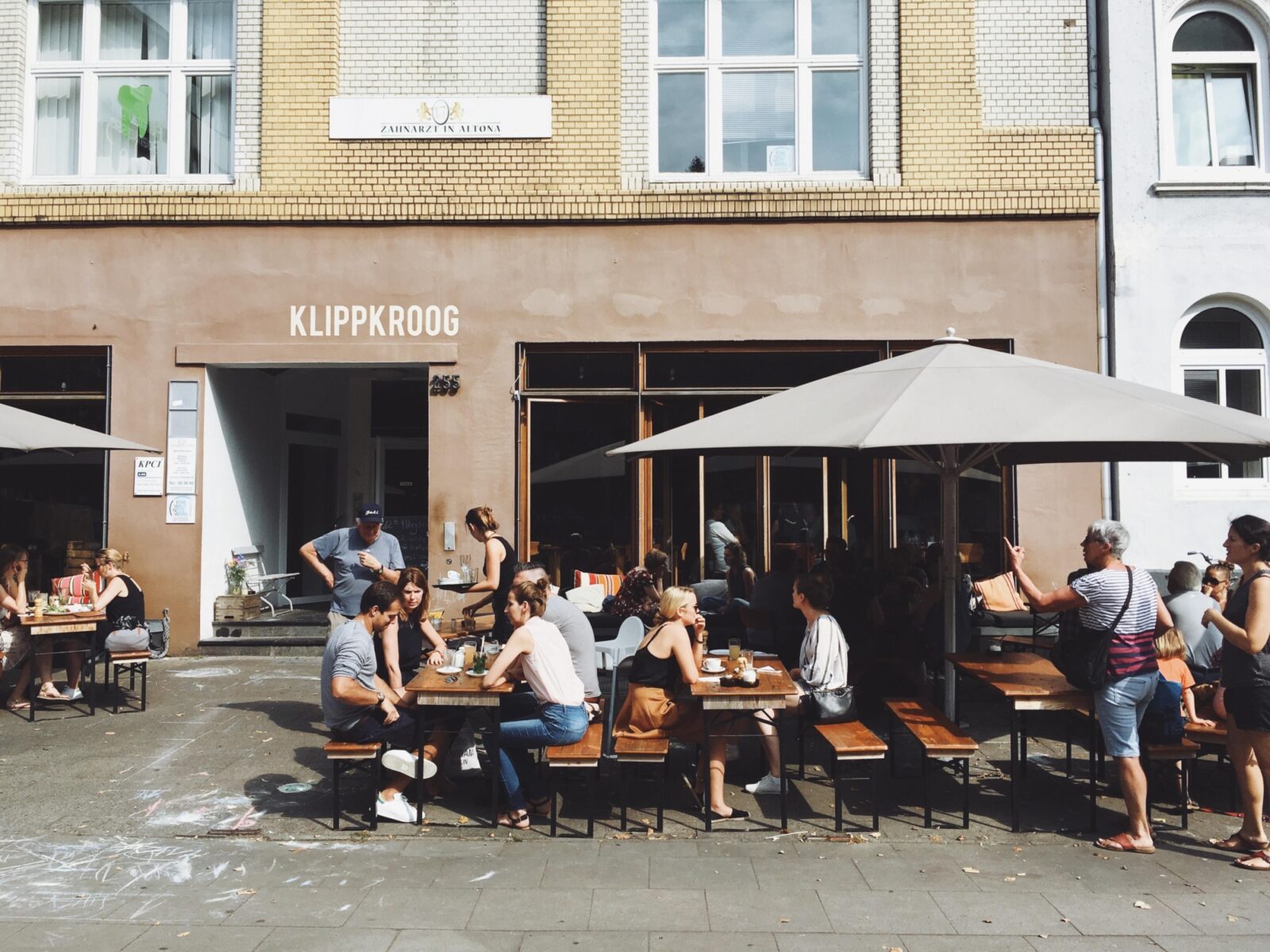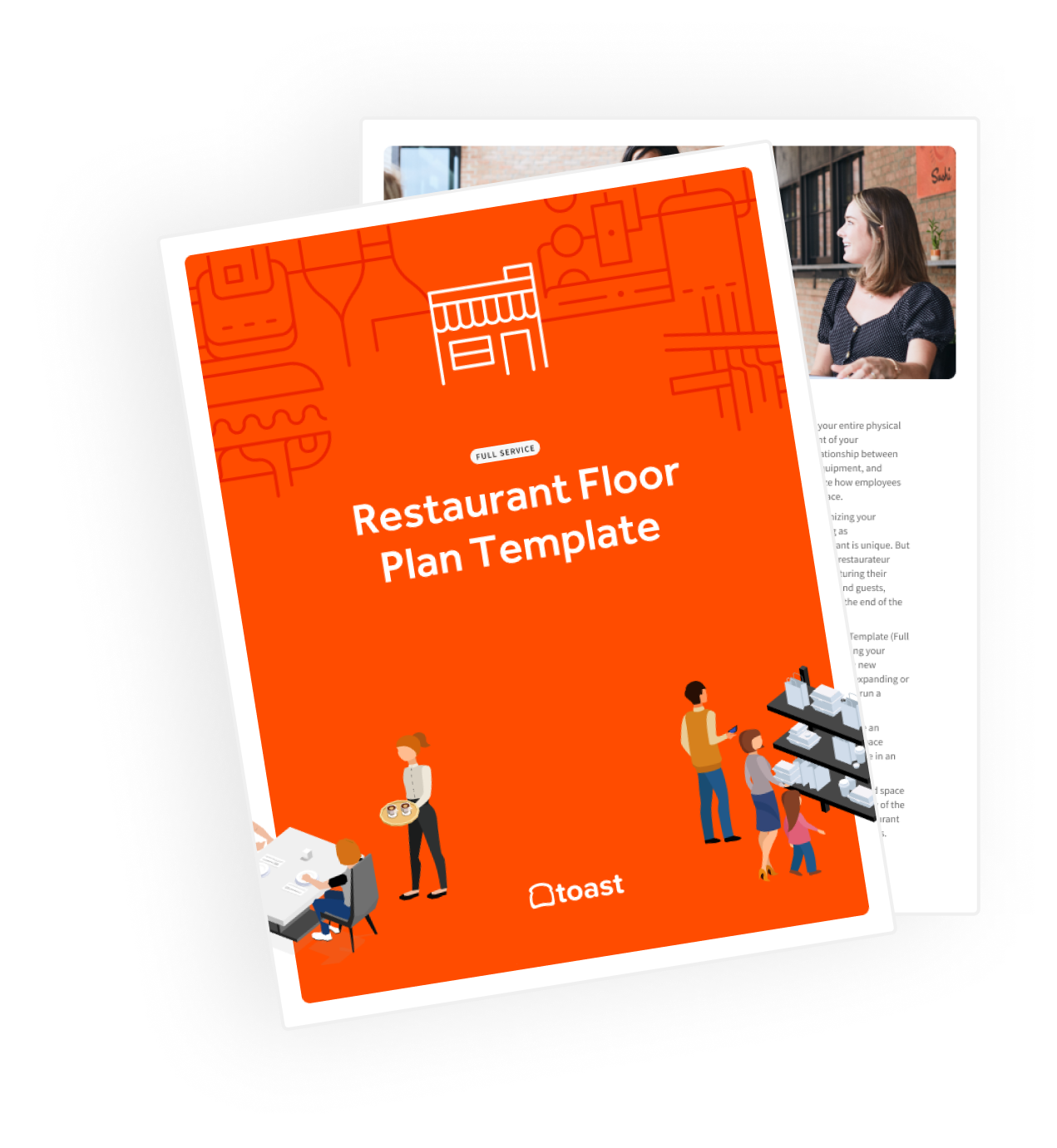
How to Extend your Outdoor Patio Season
Not every restaurant gets to benefit from a mild year-round climate, so finding ways to extend your patio season as the seasons change is crucial for consistent, year-round success.

Nick PerryAuthor


Restaurant Floor Plan Templates
Use these restaurant floor plan templates to get inspired as you map, or reimagine, the layout and space setup for your restaurant.
Get free downloadRestaurants with outdoor space are sitting on a premium asset. But it’s one that’s weather-dependent. When cold weather sets in, it’s much harder to leverage the extra seating and revenue potential that patio space provides.
As such, restaurant owners who understand how to extend patio season have a unique opportunity to optimize their outdoor space and maximize the restaurant’s revenue potential in otherwise slower times of year.
Why extend your restaurant’s patio season year-round?
Summer is the busiest season for restaurants in no small part because people like to dine outdoors. But when cold weather sets in, you can’t rely on the sunshine to draw people to your patio.
Regardless, your outdoor space is such a valuable asset, not just because people like dining outdoors but because it’s space for more tables. Naturally, the more tables you have, the more customers you can support, and the more revenue you can generate for the restaurant. As such, being able to use that space year-round is highly beneficial for a restaurant and can make a meaningful impact on the bottom line.
Not every restaurant gets to benefit from a mild year-round climate, so finding ways to extend your patio season as the seasons change is crucial for consistent, year-round success. Keep reading to learn how.
How to extend restaurant patio season
Keep it cozy
Nobody wants to be uncomfortable when they visit a restaurant. When temperatures drop, make sure you have heat sources like a chimenea or patio heaters strategically placed to keep people warm at their tables. You can also offer blankets for diners, throw pillows for loungers, and cozier patio furniture to welcome guests to get comfortable and stay a while.
Making it warm is about more than simply customers’ comfort; it contributes to a cozy ambiance that will delight your visitors. Curling up by a fire pit with a cup of hot cocoa on a brisk winter night sounds pretty nice, doesn’t it?
If you want to extend restaurant patio season, keeping the outdoor space cozy and warm is by far the most important step to take. If the space isn’t comfortable, customers won’t want to use it, and then you’re just wasting time and money keeping the furniture out there.
Light it up
Sure, a dimly lit patio can create a nice ambiance in the summer, but as the seasons change and the days grow shorter, people will crave some more light. Your patio can be a literal light in the dark, giving guests a bright, happy outdoor space to socialize and produce some serotonin.
Good outdoor lighting is essential if you want to extend patio dinner service into cold weather months. String lights are an easy, inexpensive way to add consistent light throughout the space while also providing some cool design ambiance.
Light is in short supply in the winter, so don’t expect people to want to dine or hang out on a poorly lit patio. Poor lighting will just make it look cold and inhospitable.
Block the elements
Depending on where your restaurant’s outdoor space is, you might have to deal with harsher-than-usual elements. Most diners welcome a light summer breeze. No diners want to deal with icy gusts.
Warmth is a key component to extending patio season, and that means controlling the elements as much as possible. Wind and rain are not welcome on the patio, so consider outdoor curtains or more permanent structures to reduce the impact of wind. A retractable awning over the patio is a good way to protect diners from rain while allowing the sunshine in on those rare sunny days in winter. Even the right umbrellas can help make your patio usable on rainy or windy days.
Rethink your furniture
Think about the outdoor dining experiences of your life. What kind of furniture do restaurants usually use? In the spring and summer, you’re probably eating on a lot of plastic or metal tables, sitting in heavy metal furniture — maybe with a cushion or two. It’s an odd fact of decor that outdoor furniture just usually isn’t all that comfortable.
We’ve preached the value of keeping things cozy and warm to extend patio season into the fall and winter, but how do you do that with the hard metal furniture you use in the summer? Well, you don’t.
If you want to extend patio season, you should rethink your patio furniture, providing comfier, warmer seating options for diners. You can keep the same tables, but consider changing the dining experience to account for the temperature. That could be as simple as adding more pillows to chairs, using more comfortable upholstered seats for meal services, or you could do a complete redesign of your outdoor dining experience. Maybe it makes more sense to only offer bar service on the patio, providing couches and loveseats to create more of a lounge feel. Many restaurants and bars even offer private igloos for customers.
Update your menu
Unless you’re already doing so, don’t feel the need to create a completely different menu for your outdoor space or as the seasons change. Instead, add some cozy items like hot chocolate with marshmallows, coffee, and other cold weather favorites. These supplementary items will help customers lean into the novelty of dining outdoors in the winter while warming up.
Have you ever been skiing or sledding? What are some of your favorite things to eat or drink when out on the mountain (or après the mountain)? Many cozy cold weather menu items have decent margins and will likely sell well to customers who don’t mind dining outdoors in the winter. If you put fire pits on the patio, why not allow tableside marshmallow roasting and offer DIY s’mores as a menu item?
Menu Engineering Course
Take this course to make the most of your menu. Learn about menu psychology and design, managing your menu online, and adapting your menu to increase sales.

Upgrade staff uniforms
Extending patio season isn’t just about keeping patrons comfortable, you have to make sure your staff are well-equipped to service outdoor tables, too. With staffing shortages impacting the restaurant industry all over the country, the last thing you want to do is make unreasonable demands on staff. Black T-shirts are fine in the summer time, but if waiters, bussers, and other staff are spending a lot of time outside, they should be dressed for the weather.
Of course, most staffers probably won’t spend extended amounts of time outside and a properly designed patio should be warm enough for diners to sit comfortably for more than an hour. As such, in cold months, staff uniforms should strike a balance between indoor and outdoor spaces. Crewnecks, long sleeved shirts, or even sweatshirts are suitable for staff who transition between indoors and out throughout the day.
***
It might seem like your outdoor seating is only usable in the spring and summer months. But as seasons change, you can still utilize this valuable asset. Just because it’s cold outside doesn’t mean you should restrict your restaurant’s maximum capacity. If people want to eat at your restaurant, you should have the availability to meet demand.
Extending patio season is vital to a year-round business strategy. Between redesigning your patio for maximum comfort, updating your services for a winter customer-base, and supporting your staff for working in cold weather, finding ways to extend patio season will help your business optimize its outdoor space and bring in more sustainable business throughout the cold weather months.
Is this article helpful?
DISCLAIMER: This information is provided for general informational purposes only, and publication does not constitute an endorsement. Toast does not warrant the accuracy or completeness of any information, text, graphics, links, or other items contained within this content. Toast does not guarantee you will achieve any specific results if you follow any advice herein. It may be advisable for you to consult with a professional such as a lawyer, accountant, or business advisor for advice specific to your situation.
Read More
Subscribe to On the Line
Sign up to get industry intel, advice, tools, and honest takes from real people tackling their restaurants’ greatest challenges.



